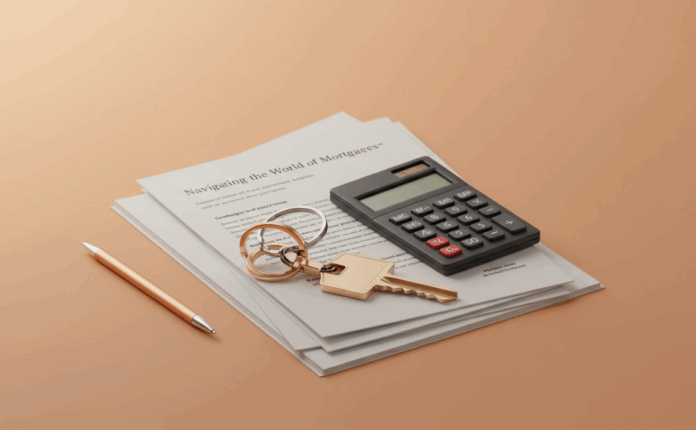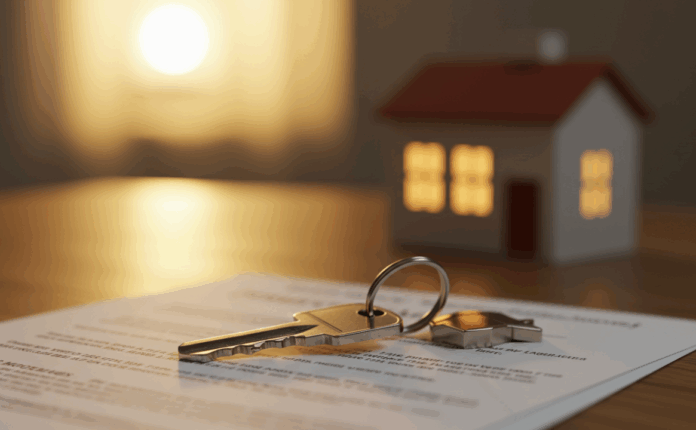Buying a home is a significant milestone, and securing the right financing is crucial. For eligible individuals, a USDA home loan offers a pathway to homeownership without requiring a down payment. Let’s explore what makes these loans unique and how you can determine if one is right for you.
Understanding USDA Home Loans
USDA home loans, backed by the United States Department of Agriculture, are designed to assist rural homebuyers. These loans offer 100% financing, eliminating the need for a down payment, which can be a considerable barrier for many prospective homeowners. However, it’s important to note that eligibility is determined by location and income guidelines, which we’ll delve into further.
Eligibility Requirements: Location and Income
To qualify for a USDA loan, you must live in a designated rural area. The USDA maintains a property eligibility map that allows you to check if your desired location is eligible. Income limits also apply, varying by county. You can find your county’s specific income limits on the USDA website or by consulting with a lender specializing in USDA loans. Learn more about income limits below.
The USDA Loan Process: A Step-by-Step Guide
The application process generally involves pre-qualification, finding a home, and working with your chosen lender to finalize the loan. Getting pre-qualified will allow you to start your home search with a clear understanding of your budget. Finding a suitable home and a mortgage lender that specializes in USDA loans are important steps to ensure the process is streamlined. Your lender will walk you through the rest of the application process and guide you on required documentation.
Advantages of USDA Home Loans
Beyond the significant benefit of zero down payment, USDA home loans often come with competitive interest rates and flexible terms. They’re an attractive option for those with limited savings but a steady income, allowing them to realize their dreams of homeownership. Compare this to traditional mortgages where a large down payment and high credit score are typically required.

Finding a USDA Lender
Choosing the right lender is crucial. Many lenders specialize in USDA loans, bringing experience and expertise to the process. It’s recommended to compare interest rates, fees, and the overall customer service provided by different lenders before making a decision. Do your research and look for lenders with a strong reputation for handling USDA loans. Choosing a Lender is an important step in the process.
Closing Costs and Other Fees
While USDA loans don’t require a down payment, closing costs will still apply. These costs can vary, so it’s essential to understand what to expect and to factor them into your overall budget. Your lender will provide a detailed breakdown of all costs involved. This might include appraisal, title insurance, and loan origination fees.
Maintaining Your USDA Loan
After securing your USDA loan, it’s important to maintain a good payment history. Consistent and on-time payments will help you build good credit and ensure a strong financial standing. Explore the USDA resources for managing your home loan.
Owning a home is a rewarding experience. USDA loans offer an accessible pathway to homeownership, especially for those in rural areas. By understanding the eligibility requirements and the application process, you can confidently navigate the path toward owning your dream home.
Frequently Asked Questions
What is the maximum loan amount for a USDA home loan? The maximum loan amount varies by location and is determined by the USDA. You can use the USDA’s online tools to find the limit for your area.
What credit score is needed to qualify? While there’s no strict minimum credit score, a higher credit score will increase your chances of approval and may result in more favorable interest rates.
Are there any restrictions on the type of property I can buy? The property must be located in a designated rural area and must meet USDA requirements for habitability and safety.
What if my income changes after I get the loan? It’s essential to keep the USDA updated on any significant changes in your income or employment situation.
What happens if I miss a payment? Missed payments will negatively impact your credit score and could lead to foreclosure.



